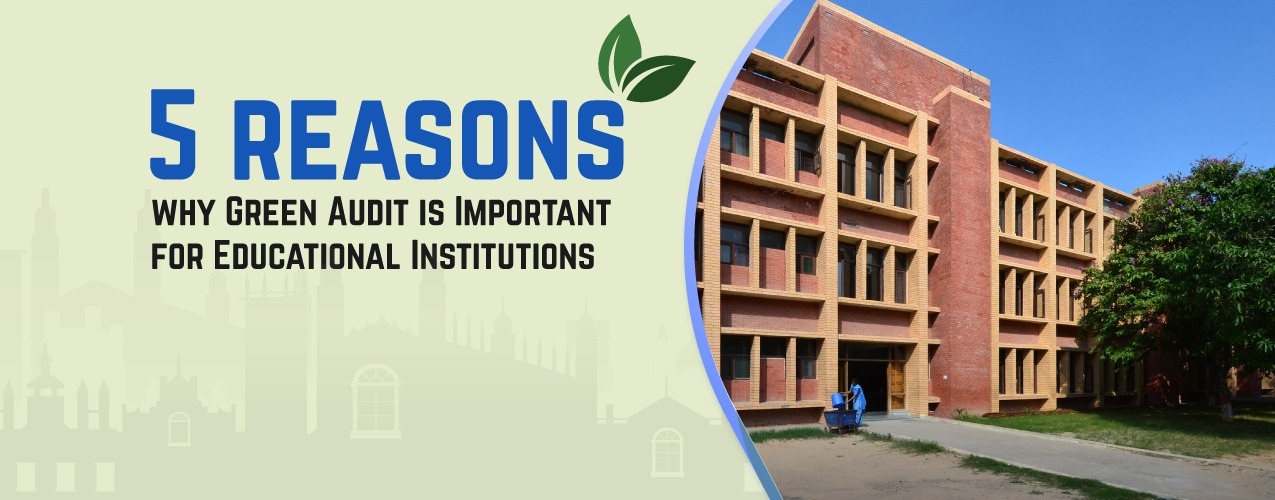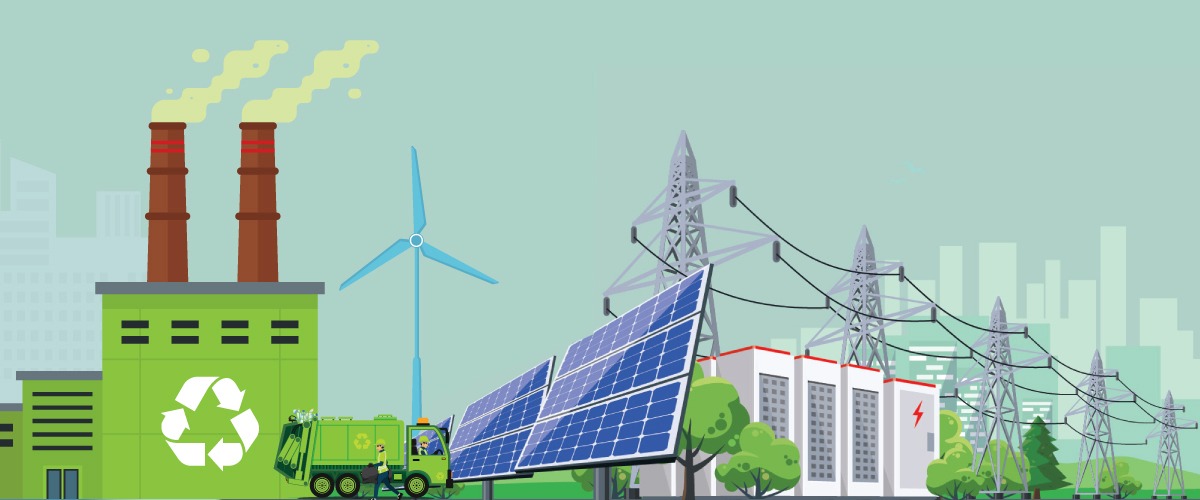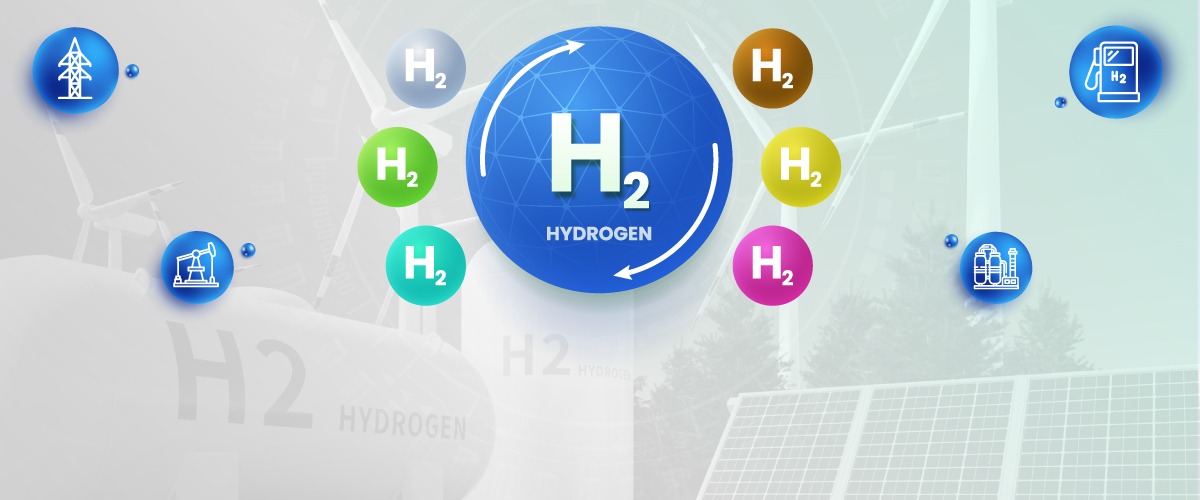Are Carbon-Neutral Events a Delusion?
Football enthusiasts are at the peak of their happiness thanks to the ongoing FIFA 2022 in Qatar. The game has been in the news for multiple reasons, but one among them has gotten our attention which is its carbon neutrality pledge and claims.
Carbon neutrality of events means not increasing carbon emissions and using carbon credits to offset, because realistically all events will have a carbon footprint. It also means recognizing the source of GHG emissions and taking corrective measures to minimize it as well as balancing it with offsets. Main emission sources comprise travel, energy consumed at accommodations of travelers, energy consumed at the venue and type of electricity sources, resource use including food, and waste generation. By identifying these sources of emissions, each can be measured and mitigated to maintain the state of carbon neutrality. For example, the venue’s ratio of conventional versus renewable energy sources has a huge impact on emissions.
As per the claims made by FIFA on their website, "The FIFA World Cup Qatar 2022 Sustainability Strategy includes a comprehensive set of initiatives to mitigate the tournament related emissions, including energy-efficient stadiums, low emission transportation, and sustainable waste management practices. Moreover, to deliver a fully carbon-neutral event, the remaining unavoidable emissions will be offset."
While FIFA officials and Qatar have argued such high standards in terms of FIFA 2022 being a green event, there have been other opinions about it in the media. FIFA has estimated the carbon footprint to be 3.6 million tonnes, while critics strongly believe it's way over the 10 million tonnes mark. Also, FIFA got harsh criticism due to a lack of transparency, including speculations on Qatar setting up its carbon offset agency instead of using one of the already established and internationally recognized offsetting companies.
This event still has a lot of missing links to be looked upon when concerned with carbon emissions, there are a few basic points that can be taken into consideration for organizing sustainable events. This applies to events, as large in scale as FIFA to smaller events like a conference, concerts, or even weddings.
- Travel: choosing a venue that is easily accessible and requires as less as travel or commute for participants and stakeholders. Prioritizing travel options that are less emitting. Providing shuttles for the last-mile commute from certain major points to the event could also minimize transportation emissions.
- Sustainable venues: choosing accommodations and venues that pledge to reduce the environmental impact with sustainable design and material choices (Design options that reduce energy use by minimizing light, water, and heating/cooling needs).
- Food and other resources: prioritizing locally sourced and seasonal food and beverages to cut emissions from transport. Choosing food that has a lesser carbon footprint – like plant-based meals.
- Avoiding Landfill burden: eliminating waste elicited by any disposable items and instead looking for reusable or recyclable or compostable items.
There are many other practices that could be added to these basic steps to carbon neutralize an event. Hosting such an event, though difficult, is not impossible. Even little efforts are a sign of solidarity to our environment, for our future.







